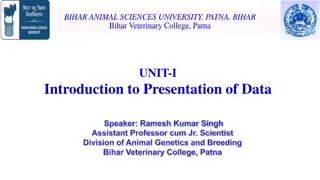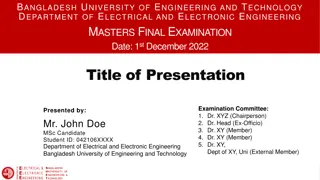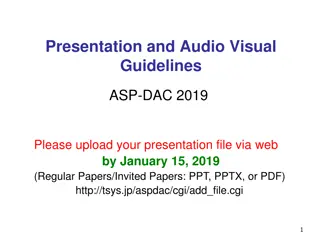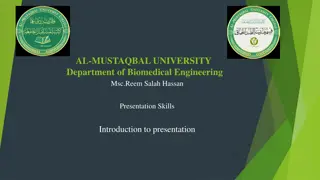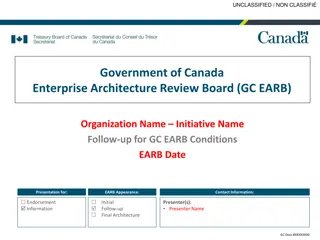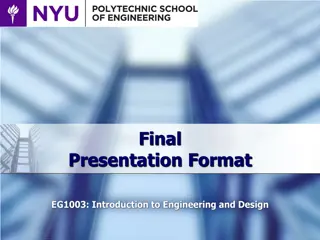
Understanding Taurodontia: Causes, Symptoms, and Treatment
Taurodontia is a dental condition where the crown of the tooth is longer than the root, affecting both baby and adult teeth. This article explores the discovery, classification, radiographic features, and implications of Taurodontism, along with visual examples and potential treatments.
Uploaded on | 0 Views
Download Presentation

Please find below an Image/Link to download the presentation.
The content on the website is provided AS IS for your information and personal use only. It may not be sold, licensed, or shared on other websites without obtaining consent from the author. If you encounter any issues during the download, it is possible that the publisher has removed the file from their server.
You are allowed to download the files provided on this website for personal or commercial use, subject to the condition that they are used lawfully. All files are the property of their respective owners.
The content on the website is provided AS IS for your information and personal use only. It may not be sold, licensed, or shared on other websites without obtaining consent from the author.
E N D
Presentation Transcript
Taurodontia Semah Altam
Taurodontia Taurodontia his is a condition when the crown is longer than the root of the tooth Sir Arthur Keith in 1913 discovered Taurodontism This condition can be present in both deciduous (baby teeth) and permanent(adult) teeth Originally teeth are tapered shaped towards the roots but with Taurodontism teeth are rectangular shape. The pulp chambers may become completely obliterated
Taurodontism is classifiatied as one of the following: Cyndont, hypotaurodont, mesotaurodont or hypertaurodont. This is a disorder of tooth development and occurs most commonly in permanent molar teeth.
Taurodontia The cause of this condition is unknown. These teeth are referred to as Bull- like teeth(Tauro=bull; dont=tooth)
Taurodontism The radiograph shows the enlargement of the crown and pulp chamber of the multirooted tooth, with apical displacement of the pulpal floor and bifurcation of the roots
In this radiograph the 2nd tooth on the left is effected with Taurodontia and it has a composite (filling). On the right of that tooth are 2 implants without abutments.
This picture shows a radiograph with tooth number 32 effected with Taurodontia Overlapping teeth are present due to incorrect angulation.
Teeth numbers 2 and 3 illustrate Taurodontia Teeth impaction is present on teeth 1 and 2.
Mixed Dentition This radiograph depicts a mixed dentition(mix of both baby teeth and adult teeth). The 1st molars on each quadrant has Taurodontia.
In the radiograph the teeth are affected by taurodontia and the tooth on left has root fusion.
Treatment Endodontic treatment or root canal therapy, is used to treat taurodontism. In this approach, a cavity is created to get to the root, which is then destroyed and filled. After the root canal has been cleaned and filled, a dental crown is placed on the affected tooth as shown in the following image.
Taurodontia with Endodontic Treatment Tooth number 12 is dilacerated, meaning the root is bent and the root and crown of the tooth are not on the same plane.
Tooth 3 has amalgam fillings and Trautodontia. Trautodontia with fillings




